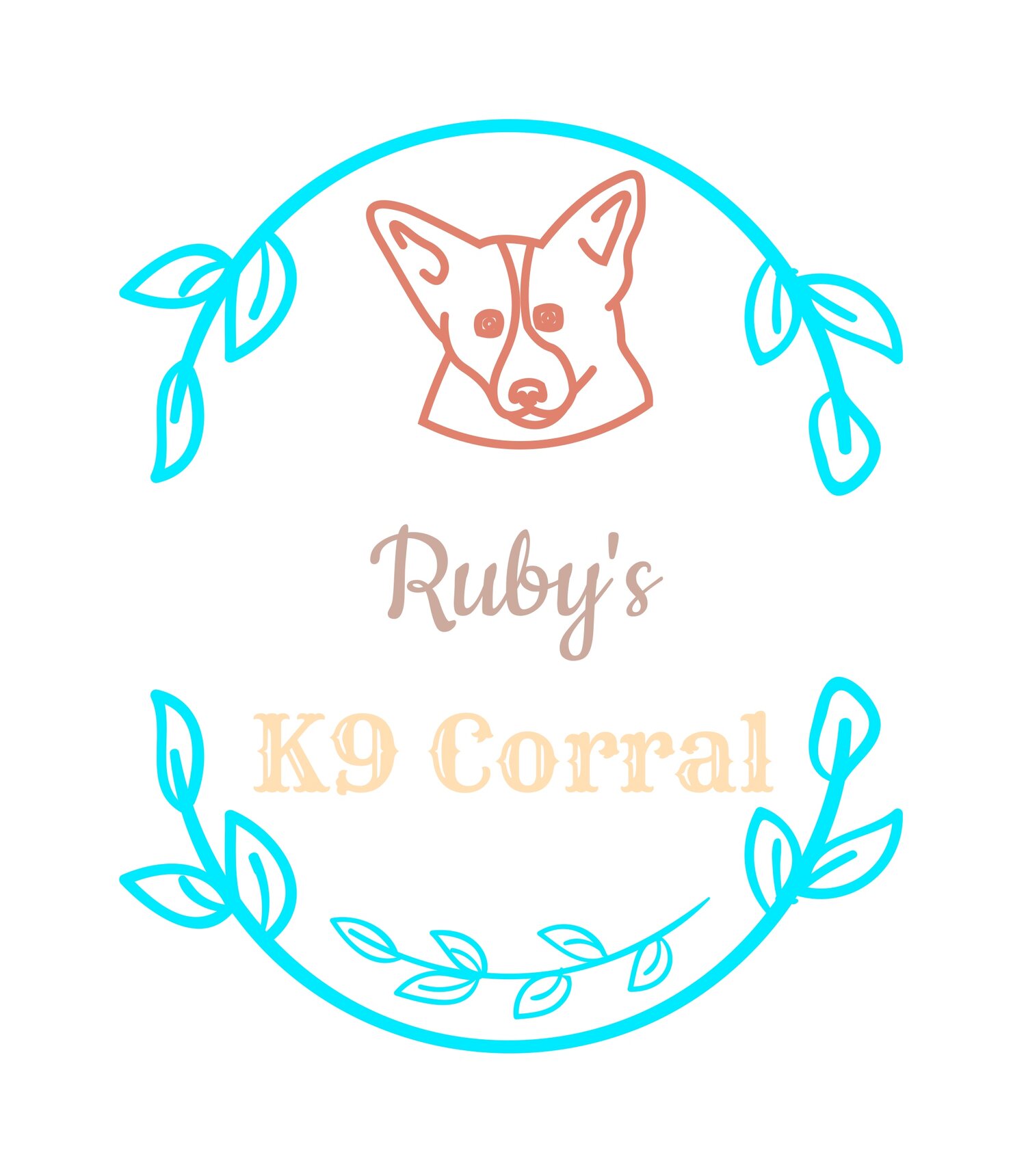Easter Safety for Dogs: Hidden Dangers and How to Avoid Them
The arrival of Easter brings with it a bounty of joy, family gatherings, and the celebration of the coming spring. However, amidst the festivities, it’s crucial to remember our furry family members and the hidden dangers that this holiday might pose to them. At Ruby's K9 Corral, we're committed to ensuring that both you and your pets have a safe and happy Easter. Here’s what every pet owner should be aware of and how to avoid potential hazards.
1. Chocolate: A Known No-No**
As many pet owners already know, chocolate is toxic to dogs. Theobromine, found in all kinds of chocolate, can cause vomiting, diarrhea, rapid breathing, increased heart rate, and even seizures in dogs. During Easter, chocolate eggs, bunnies, and treats are abundant, making it more important than ever to keep these sweets out of your dog's reach. Always remind children and guests not to share chocolate with pets, no matter how pleading those puppy eyes might be.
2. Xylitol: The Hidden Hazard**
Found in many sugar-free candies, chewing gums, and even some baked goods, xylitol is another toxic threat to dogs. Very small amounts can cause a rapid release of insulin in dogs, leading to hypoglycemia (low blood sugar), which can be life-threatening. Symptoms include vomiting, weakness, lack of coordination, seizures, and collapse. Ensure that any sugar-free treats are kept well away from your pets.
3. Easter Grass: More Than Just a Nuisance**
That colorful plastic grass that makes your Easter baskets look fuller can cause serious gastrointestinal blockages if ingested by your dog. These blockages may require surgical intervention. If you choose to use Easter grass, make sure it's securely placed in areas inaccessible to your pets, or consider safer alternatives, such as tissue paper or real grass, that won’t cause issues if accidentally ingested.
4. Small Toys and Decorations**
The tiny toys and decorations that often accompany Easter celebrations can be choking hazards or cause intestinal blockages if swallowed by dogs. Always supervise your pet in areas where these small items are accessible and consider using larger, pet-safe decorations.
5. Seasonal Plants and Flowers**
Many families love to decorate their homes with beautiful spring flowers for Easter. However, several common seasonal plants, including lilies, tulips, and daffodils, are toxic to dogs. Symptoms of plant poisoning can range from mild to severe and include vomiting, diarrhea, and lethargy. Opt for pet-safe flowers or artificial arrangements to bring the colors of spring into your home without the risk.
**Prevention and Vigilance**
The best way to ensure a safe Easter for your dogs is by prevention and vigilance. Keep all candies, chocolates, and decorations out of paw’s reach. Consider establishing a pet-free zone during family gatherings where food and small items can be kept securely away from curious noses.
Remember, accidents can happen despite the best precautions. Keep your veterinarian's contact information and the number for the Pet Poison Helpline (855-764-7661, fee may apply) easily accessible in case of an emergency.
At Ruby's K9 Corral, your pet’s safety is our priority. By being aware of potential Easter hazards and taking proactive steps to mitigate them, we can all look forward to a joyful and safe celebration. Here’s wishing you, your family, and your four-legged friends a wonderful and safe Easter!
